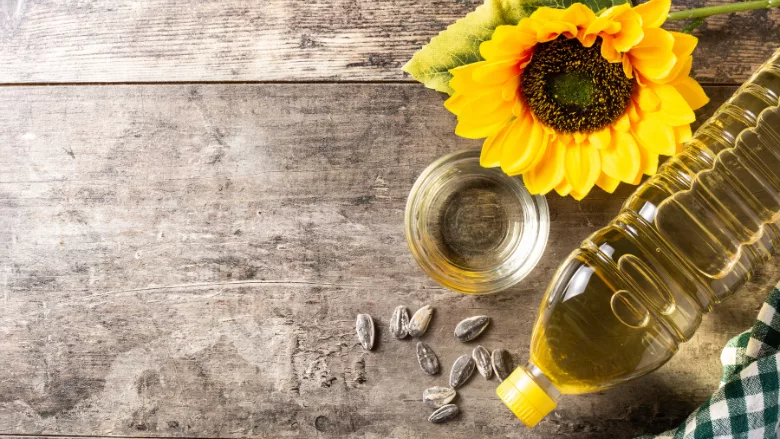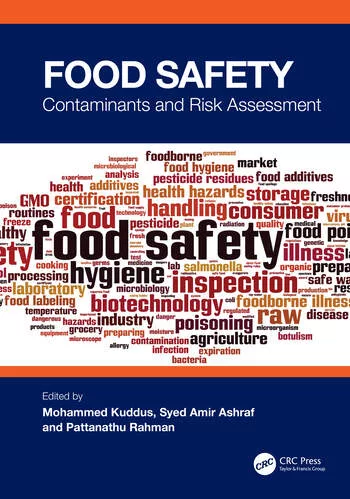Louisiana Passes ‘MAHA’ Bill Targeting More Than 40 Ingredients, Including Seed Oils, Dyes, Sweeteners

Image credit: chandlervid85 via Freepik
Last week, Louisiana Governor Jeff Landry signed into law Senate Bill 14, imposing disclosure requirements for food products sold in the state when containing certain ingredients, as well as banning foods containing 15 additives from being sold in schools.
Passage of the bill was lauded by U.S. Health and Human Services (HHS) Secretary Robert F. Kennedy Jr. (RFK Jr.), calling it the “Louisiana MAHA bill”—a reference to his own “Make America Healthy Again” (MAHA) agenda that aims to crack down on food colorants, food additives, and seed oils.
Per Senate Bill 14, beginning in 2028, Louisiana public schools and nonpublic schools receiving state funds will be prohibited from serving in school breakfasts, lunches, and aftercare meals any foods containing one of 15 ingredients:
- Blue dye 1
- Blue dye 2
- Green dye 3
- Red dye 3
- Red dye 40
- Yellow dye 5
- Yellow dye 6
- Azodicarbonamide (ADA)
- Butylated hydroxyanisole (BHA)
- Butylated hydroxytoluene (BHT)
- Potassium bromate
- Propylparaben
- Acesulfame potassium
- Aspartame
- Sucralose.
The prohibition does not apply to foods sold in vending machines or at concession stands.
Senate Bill 14 also contains a provision for the disclosure of “harmful ingredients,” which requires labeling of food products to disclose when they contain one of 40-plus ingredients, beginning in 2028. The bill also requires foodservice establishments to display disclaimers on their menus or in a visible location when they prepare foods with seed oils (i.e., canola/rapeseed, corn, cottonseed, grapeseed, rice bran, safflower, soybean, and sunflower oils).
Regarding the ingredient disclosure provision, manufacturers must label foods containing any of 40-plus ingredients with a QR code directing consumers to a webpage that displays the following disclaimer: “NOTICE: This product contains [ingredient]. For more information about this ingredient, including FDA approvals, click HERE.” The disclaimer must link to the U.S. Food and Drug Administration (FDA) webpage on food chemical safety. The 40-plus ingredients covered by this provision are:
- Acesulfame potassium
- Acetylated esters of mono- and diglycerides (acetic acid ester)
- Anisole
- Aspartame
- ADA
- BHA
- BHT
- Bleached flour
- Bromated flour
- Calcium bromate
- Canthaxanthin
- Diacetyl
- Dimethylamylamine (DMAA)
- Dioctyl sodium sulfosuccinate (DSS)
- Interesterified palm oil
- Interesterified soybean oil
- Lactylated fatty acid esters of glycerol and propylene glycol
- Lye
- Morpholine
- Olestra
- Partially hydrogenated oil (PHO)
- Propylparaben
- Sodium aluminum sulfate
- Sodium lauryl sulfate
- Sodium stearyl fumarate
- Stearyl tartrate
- Sucralose
- Synthetic trans fatty acid
- Thiodipropionic acid
- Toluene
- Potassium aluminum sulfate
- Potassium bromate
- Potassium iodate
- Propylene oxide
- Canthaxanthin
- Blue dye 1
- Blue dye 2
- Citrus red dye 2
- Green dye 3
- Red dye 3
- Red dye 40
- Yellow dye 5
- Yellow dye 6
- Certified food colors by FDA.
Although several states have passed bills inspired by MAHA in recent months—such as Oklahoma, Texas, and West Virginia—the movement is controversial. Some stakeholders have disputed MAHA claims, calling them “an oversimplification without a clear understanding of the myriad complexities facing the production of safe and nutritious foods” that “ignores current food and animal food regulatory systems designed to promote public and animal health.”
Looking for quick answers on food safety topics?
Try Ask FSM, our new smart AI search tool.
Ask FSM →









